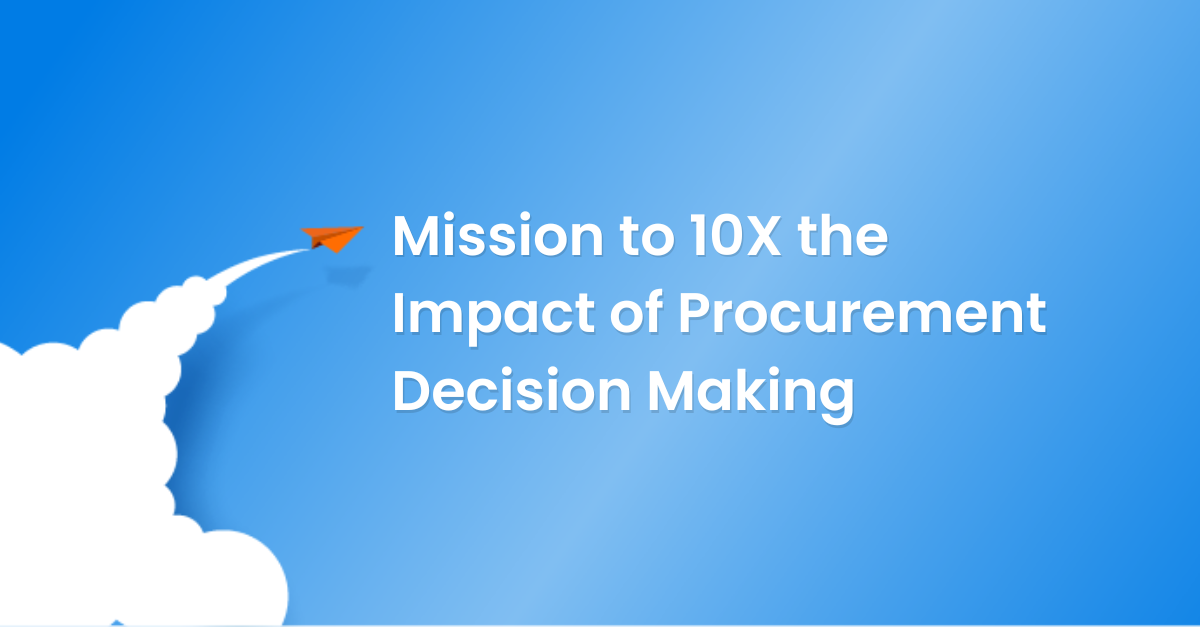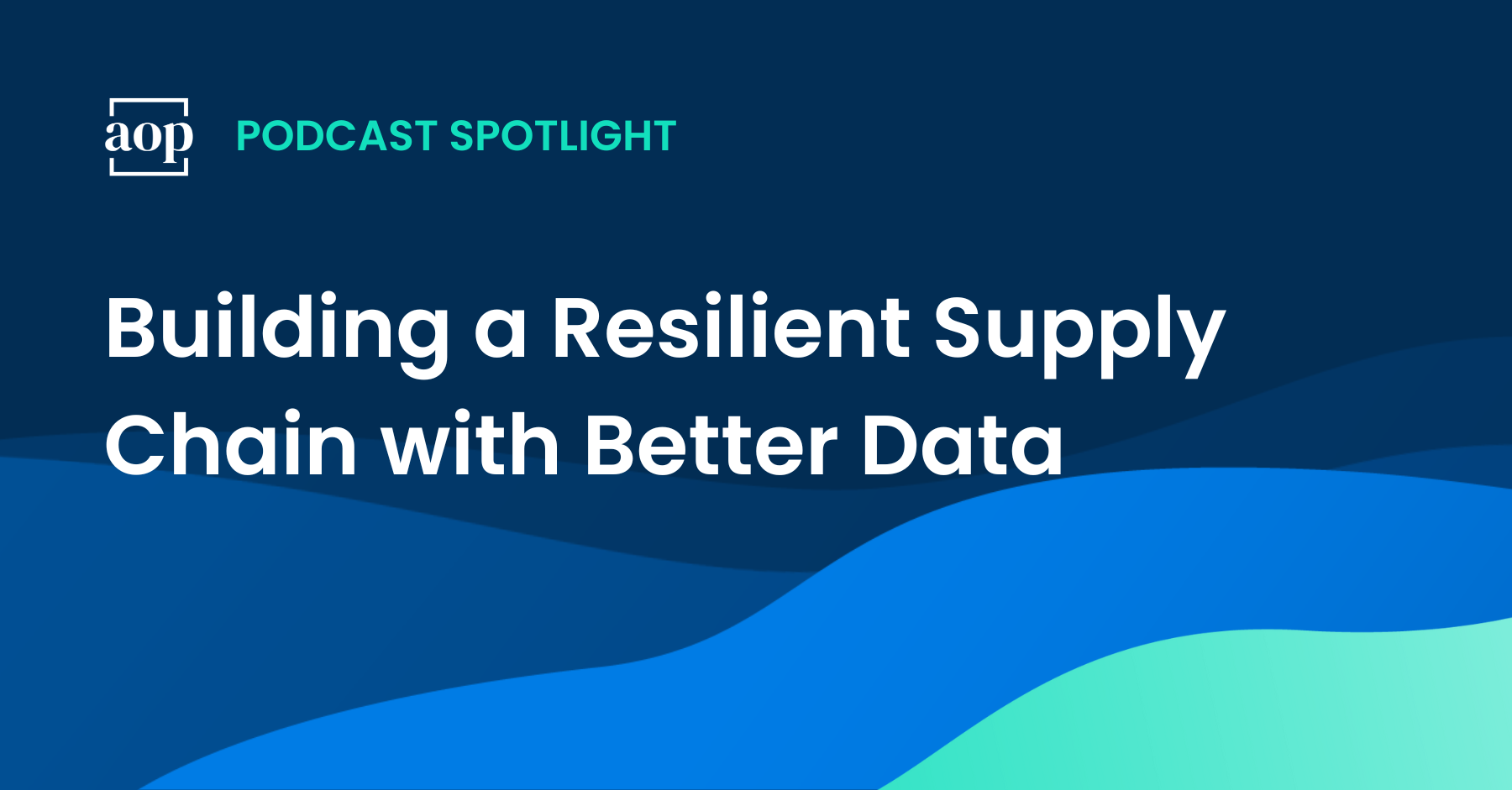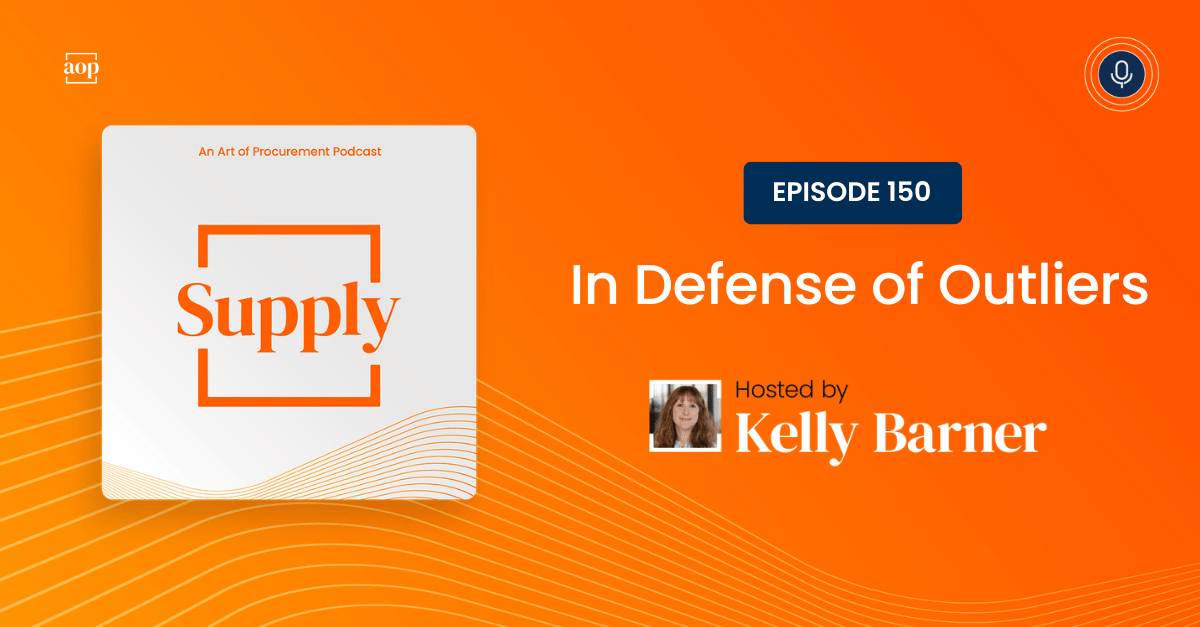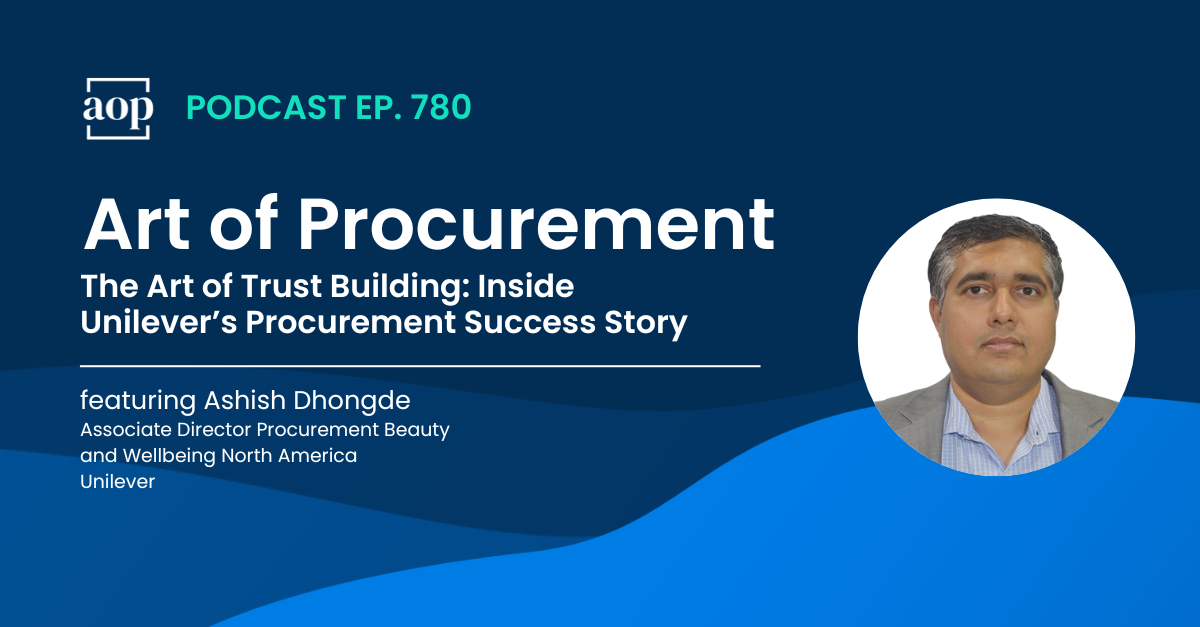
Last week we released a 4-part special podcast series that explores a key principle of our mission to 10X the impact of procurement: differentiated decision making. I was joined by four members of the Sievo team, and each episode sheds light on a different way procurement can improve the decision making process.
If procurement’s goal is to differentiate their decisions and the impact they have on company performance, the following points are critical.
Start Where You Are
Regardless of procurement’s long term vision and goals, they have to start with the data at hand. Regardless of how many systems and/or data services are involved, step one is to inventory them and then centralize access. Of course, the more comprehensive a centralized data resource is, the better procurement needs to understand their stakeholders’ presentation preferences and priorities, ensuring everyone understands the resources they have access to before trying to apply them.
Consider Direction as Much as Destination
Initiatives such as those associated with ESG are often vision-driven; the C-suite sets ambitious targets and then turns them over to procurement to execution. Understandably, most companies are focused on the programs they can support with data, like their carbon footprint. When detailed data is not available (because suppliers aren’t already tracking the data procurement is looking for), they can start with product/service averages. This makes it possible to move in the right direction, guided by science-based targets.
Optimize Human Decision Making
Waiting for perfection is not an option, so procurement often has to make the best decision they can given the available time and information. When possible, they should automate tasks to buy time for the process of decision making. With so many sources of data available (internally created, externally provided, and even sensor-generated), procurement can often improve their decision making by deciding what the best sources of information currently are and building from there.
Close the Data to Action Gap
It is no longer enough for procurement to provide attractive dashboards and insights to the business. Procurement needs to take action on their own in addition to informing the decisions of others. Additionally, they can help the company formulate a strategy for understanding the cost and speed thresholds of certain types of decisions. Doing so not only reduces the cost and time required for decision making, but it also creates an opportunity to address the ‘long tail’ of decisions that are currently not being made at all.
For more insights, click here to listen to the entire special series on Facilitating Differentiated Decision Making.




